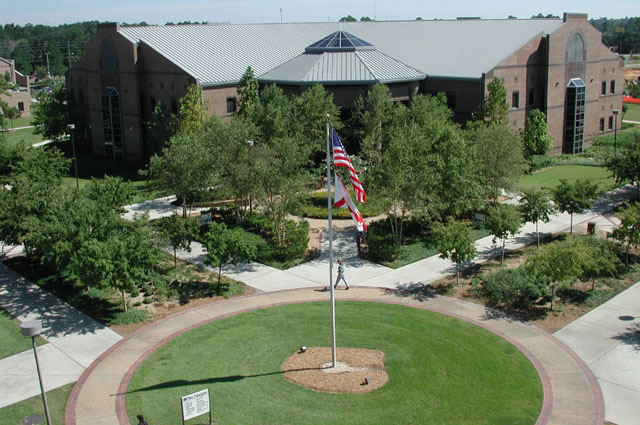Digital Public Library of America
The Digital Public Library of America brings together the riches of America’s libraries, archives, and museums, and makes them freely available to the world. It strives to contain the full breadth of human expression, from the written word, to works of art and culture, to records of America’s heritage, to the efforts and data of science. DPLA aims to expand this crucial realm of openly available materials, and make those riches more easily discovered and more widely usable and used, through its three main elements:
1. A portal that delivers students, teachers, scholars, and the public to incredible resources, wherever they may be in America.
 Far more than a search engine, the portal provides innovative ways to search and scan through the united collection of millions of items, including by timeline, map, virtual bookshelf, format, subject, and partner.
Far more than a search engine, the portal provides innovative ways to search and scan through the united collection of millions of items, including by timeline, map, virtual bookshelf, format, subject, and partner.2. A platform that enables new and transformative uses of our digitized cultural heritage.
With an application programming interface (API) and maximally open data, DPLA can be used by software developers, researchers, and others to create novel environments for learning, tools for discovery, and engaging apps.
 3. An advocate for a strong public option in the twenty-first century.
3. An advocate for a strong public option in the twenty-first century.For most of American history, the ability to access materials for free through public libraries has been a central part of our culture, producing generations of avid readers and a knowledgeable, engaged citizenry. DPLA works, along with like-minded organizations and individuals, to ensure that this critical, open intellectual landscape remains vibrant and broad in the face of increasingly restrictive digital options. DPLA seeks to multiply openly accessible materials to strengthen the public option that libraries represent in their communities.






















































